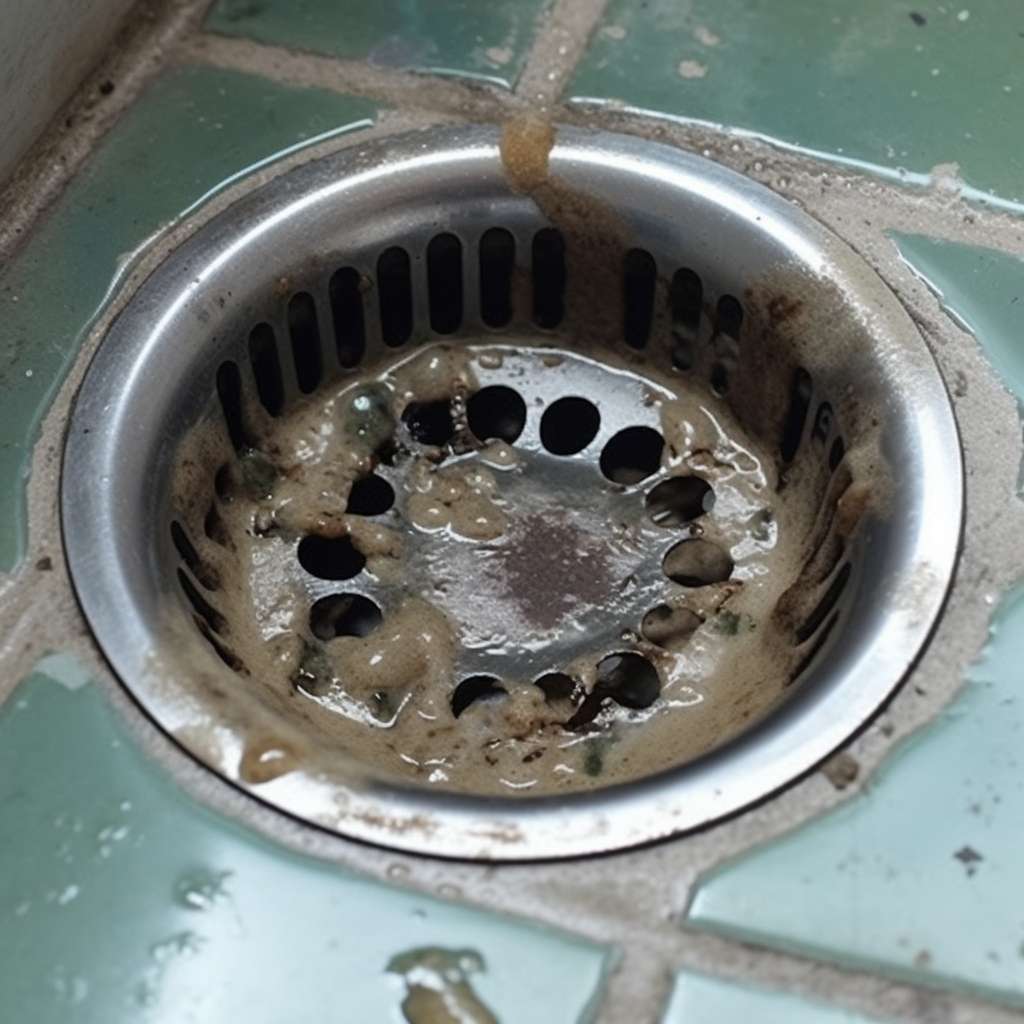Understanding Effective Solutions for Removing Household Mold
Mold growth in homes is a common concern that affects indoor air quality and structural integrity. Whether you notice dark spots on walls, a musty odor in your kitchen, or visible patches in damp areas, addressing mold promptly is essential. This article explores practical solutions for removing mold from various surfaces, with special attention to wall treatments and kitchen-specific strategies that help maintain a healthier living environment.

Mold thrives in moist, poorly ventilated spaces and can appear on walls, ceilings, grout, and other surfaces throughout your home. While small patches may seem harmless, mold can spread quickly and potentially affect respiratory health and building materials. Understanding how to identify, remove, and prevent mold is crucial for maintaining a safe and comfortable home.
What Causes Mold Growth on Walls
Walls are particularly vulnerable to mold when moisture becomes trapped within or on their surfaces. Common causes include water leaks from plumbing or roofs, condensation from temperature differences, high indoor humidity levels, and inadequate ventilation. Bathrooms, basements, and exterior walls often experience these conditions. Porous materials like drywall and wallpaper provide ideal surfaces for mold spores to colonize. Identifying the moisture source is the first critical step before attempting removal, as mold will return if the underlying cause remains unaddressed.
Effective Approaches for Wall Mold Removal
Removing mold from walls requires careful preparation and appropriate cleaning methods. For non-porous surfaces like tiles or painted walls with minor mold growth, a solution of water and detergent or diluted vinegar can be effective. Scrub the affected area thoroughly with a brush, then dry completely. For porous materials like drywall with extensive mold penetration, removal and replacement of the affected section may be necessary. Always wear protective equipment including gloves, eye protection, and respiratory masks when handling mold. Contain the work area with plastic sheeting to prevent spore spread to other rooms. After cleaning, ensure the wall dries completely and address any moisture issues to prevent recurrence.
Specialized Solutions for Kitchen Mold Problems
Kitchens present unique mold challenges due to cooking moisture, steam, and potential plumbing leaks. Common problem areas include under sinks, around faucets, behind appliances, on window sills, and in poorly sealed areas around countertops. Regular inspection of these zones helps catch mold early. For kitchen mold removal, food-safe cleaning solutions are preferable. White vinegar, hydrogen peroxide, or baking soda mixtures work well on most kitchen surfaces without leaving harmful residues. Pay special attention to grout lines, which are porous and trap moisture easily. Improving kitchen ventilation through exhaust fans, opening windows during cooking, and promptly repairing leaks are essential preventive measures that complement removal efforts.
Professional Services and Cost Considerations
While small mold problems can often be handled independently, larger infestations or mold in HVAC systems typically require professional assessment and remediation. Professional services include mold inspection, air quality testing, containment, removal, and restoration work.
| Service Type | Typical Provider | Cost Estimation |
|---|---|---|
| Mold Inspection and Testing | Environmental Testing Companies | 200 to 600 per inspection |
| Small Area Remediation (under 10 sq ft) | Local Remediation Specialists | 500 to 1,500 |
| Medium Remediation (10-100 sq ft) | Certified Remediation Companies | 1,500 to 5,000 |
| Large Scale Remediation (over 100 sq ft) | Full-Service Restoration Firms | 5,000 to 30,000+ |
| Post-Remediation Verification | Independent Inspectors | 300 to 800 |
Prices, rates, or cost estimates mentioned in this article are based on the latest available information but may change over time. Independent research is advised before making financial decisions.
Costs vary significantly based on mold extent, location accessibility, materials affected, and regional labor rates. Insurance coverage may apply if mold results from a covered peril like sudden pipe bursts, though gradual moisture damage is often excluded.
Prevention Strategies to Avoid Future Mold Growth
Preventing mold is more effective and less costly than remediation. Key strategies include controlling indoor humidity levels between 30 and 50 percent using dehumidifiers or air conditioning, ensuring proper ventilation in bathrooms and kitchens through exhaust fans, promptly repairing all water leaks and plumbing issues, regularly cleaning and maintaining gutters and downspouts, using mold-resistant products during construction or renovation, and regularly inspecting prone areas like basements and crawl spaces. In climates with high humidity, running dehumidifiers continuously in vulnerable spaces can make a significant difference. Proper insulation also prevents condensation on cold surfaces where mold often begins.
When to Seek Professional Help
Certain situations warrant professional intervention rather than DIY approaches. These include mold covering areas larger than ten square feet, mold resulting from contaminated water sources like sewage, mold within HVAC systems that could spread spores throughout your home, persistent mold that returns despite cleaning efforts, and situations where occupants experience health symptoms potentially related to mold exposure. Professionals have specialized equipment including HEPA filtration systems, moisture meters, and containment materials that ensure thorough and safe remediation. They can also identify hidden mold behind walls or under flooring that visual inspection might miss.
Addressing mold promptly with appropriate removal techniques and preventive measures protects both your home’s structural integrity and your family’s health. Whether tackling small patches independently or engaging professionals for extensive problems, understanding the causes and solutions empowers homeowners to maintain mold-free living spaces. Regular maintenance, moisture control, and vigilant inspection form the foundation of long-term mold prevention.




